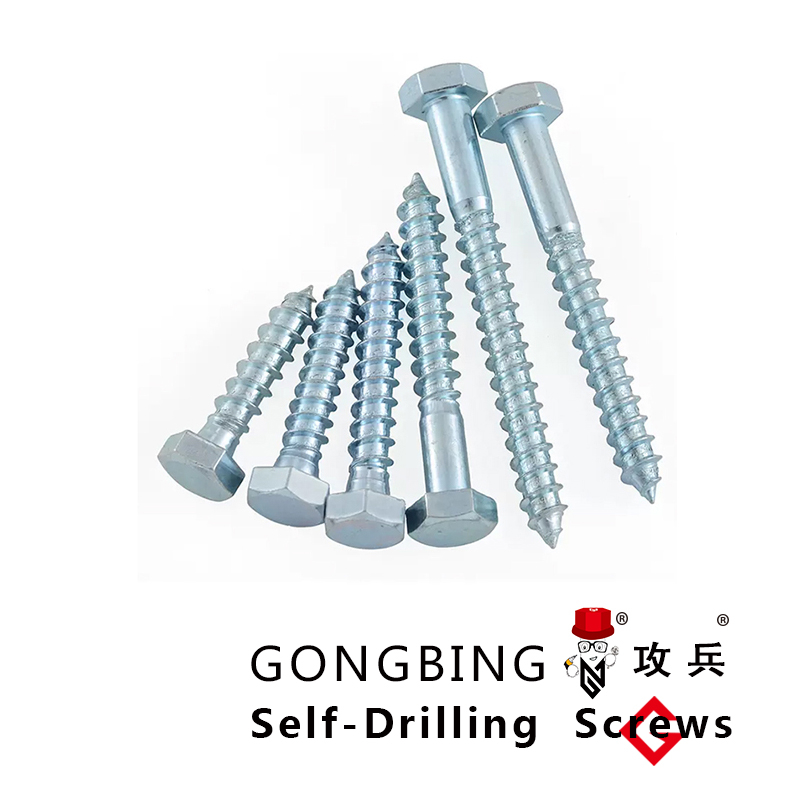Strengthening Steel Beams through Innovative Bracing Techniques for Enhanced Structural Integrity and Performance
Enhancing Structural Integrity with Bracing Steel Beams
Bracing steel beams are integral components in modern construction, providing essential support and stability to various structures. These beams are designed to withstand lateral forces, which are particularly critical in regions prone to seismic activity or high winds. Through the strategic use of bracing techniques, engineers can ensure that buildings and infrastructures not only meet safety standards but also achieve optimal functionality and longevity.
Understanding Bracing Steel Beams
Bracing refers to the methods used to reinforce structures by preventing excessive deformation. In the context of steel beams, bracing typically involves the addition of diagonal members, which connect the main beams to form a triangulated framework. This configuration allows the structure to distribute loads evenly, enhancing its resistance to lateral stress. There are several types of bracing systems, including cross-bracing, K-bracing, and moment-resisting frames, each serving specific structural needs and applications.
Importance in Structural Design
The primary role of bracing steel beams is to mitigate the effects of lateral forces such as those produced by winds or earthquakes. When a building sways, braced beams help maintain its vertical alignment, preventing excessive movement that could lead to structural failure. This is particularly crucial in high-rise buildings, where the forces acting on the structure can be significantly amplified due to the height.
Additionally, bracing elements contribute to the overall aesthetic of a building. Architects often incorporate visible bracing into their designs, transforming a structural necessity into a defining feature of the building's appearance. Creative integration of bracing systems not only serves to enhance stability but also adds to the architectural character of the structure.
bracing steel beams

Materials and Fabrication
Bracing steel beams are typically made from high-strength steel, which ensures durability and resilience. The manufacturing process involves precise cutting, welding, and assembling to create components that meet exact specifications. Innovations in steel fabrication have led to the development of prefabricated bracing systems, which allow for faster installation and reduced construction costs. These pre-engineered solutions are particularly advantageous in large-scale projects, where efficiency and speed are paramount.
Challenges and Considerations
While bracing steel beams play a fundamental role in structural integrity, they also come with challenges that engineers must address. The design and implementation of bracing systems require careful consideration of the building's purpose, location, and anticipated loads. Furthermore, bracing must be adequately integrated with the overall structural framework to prevent the introduction of weaknesses or stress concentrations.
Acoustic and aesthetic considerations also come into play, particularly in commercial and residential buildings where occupant comfort is a priority. Engineers must balance the structural benefits of bracing with the need for quiet and visually appealing spaces.
Conclusion
In summary, bracing steel beams are crucial for ensuring the safety and longevity of modern structures. Their ability to withstand lateral forces makes them an indispensable element in the design of buildings located in vulnerable regions. Through innovative design and advanced materials, bracing systems not only enhance structural performance but also contribute to the overall beauty of architectural projects. As technology continues to advance, the future of bracing in construction promises even greater efficiencies and capabilities, ensuring that our buildings remain safe and resilient for generations to come.
-
Why Wedge Anchors Are Perfect for Garden ProjectsYangiliklarApr.16,2025
-
Why Choose Standard Wedge Bolt for Your Next Project?YangiliklarApr.16,2025
-
How Wedge Anchors Enhance the Stability of Concrete StructuresYangiliklarApr.16,2025
-
Create Custom Woodwork with Wedge Anchors for ConcreteYangiliklarApr.16,2025
-
Build Sturdy Office Furniture with Wedge Anchors for ConcreteYangiliklarApr.16,2025
-
Best Anchors for Every Project: Wedge Anchors EditionYangiliklarApr.16,2025
